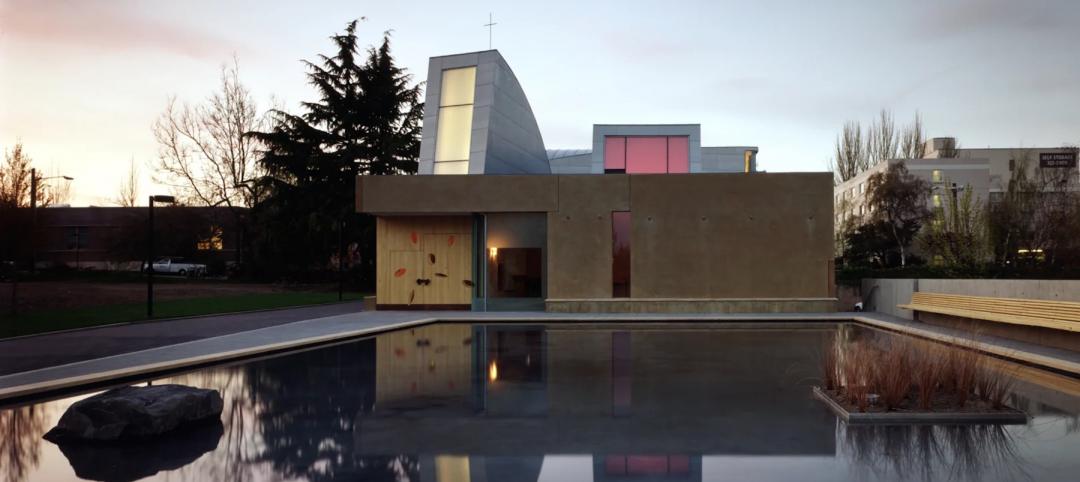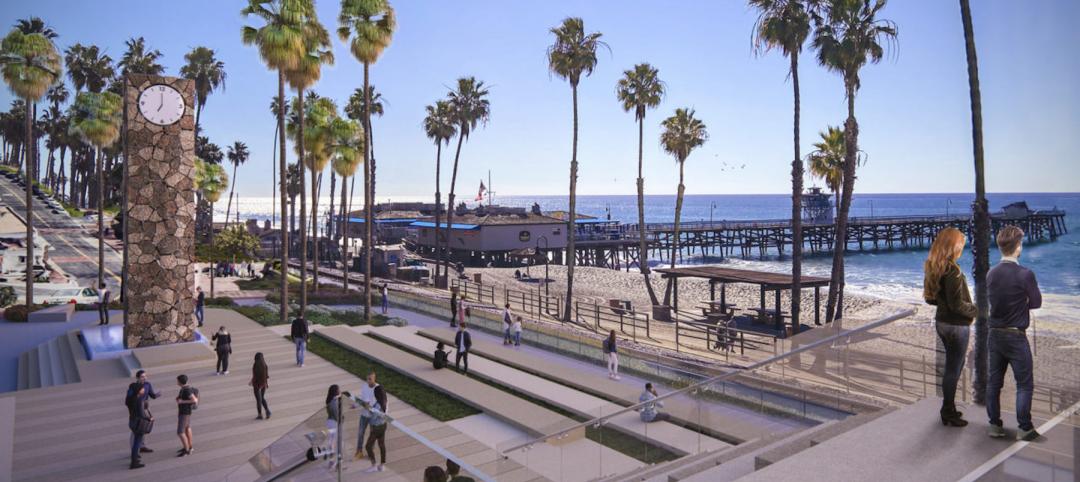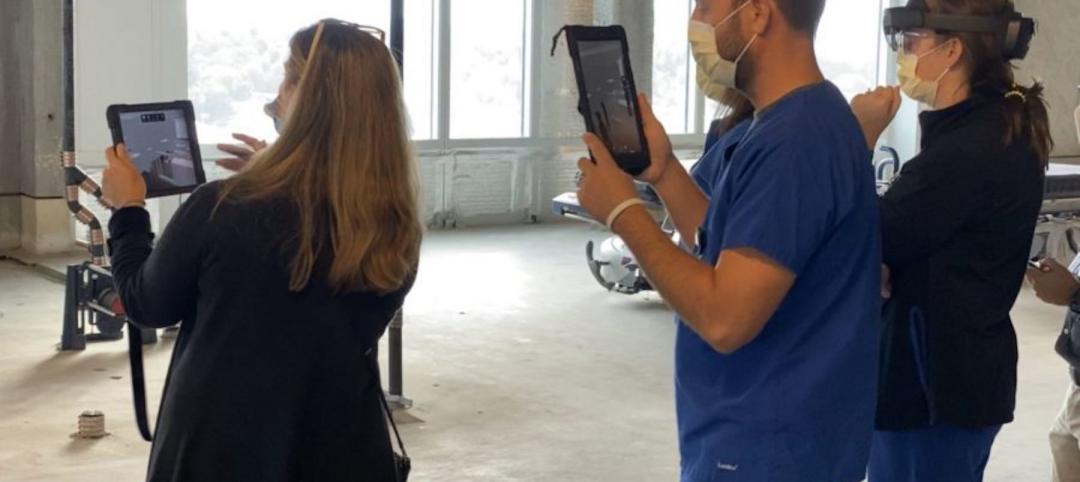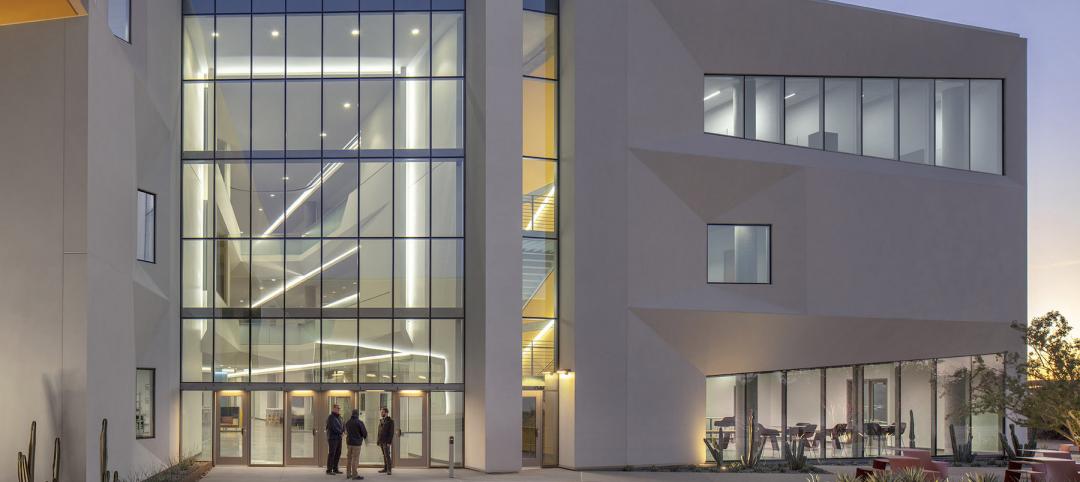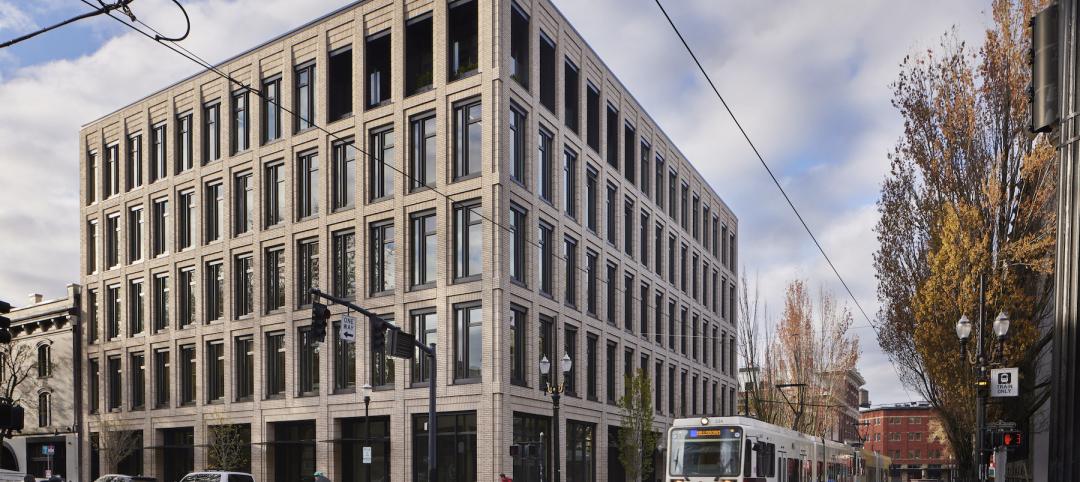WSP is expanding its national presence by acquiring ccrd, a national MEP engineering and commissioning firm.
WSP's buildings group, headquartered in New York City, now has 1,050 employees in 16 offices across the U.S. This merger will enhance the firm's capabilities in healthcare and science/technology, something that Houston-based ccrd has extensive expertise in.
“We are very enthusiastic about the benefits this will provide to our firms, clients and staff,” says Steve Burrows, executive vice president and USA director of buildings at WSP. “ccrd is a strong complement to our existing service offering, and the acquisition introduces WSP to new markets throughout the southeastern and south-central United States, while bolstering our existing presence in Houston and Washington, D.C.”
WSP and ccrd hold similar values and cultures, all the makings for an ideal merge.
WSP president and CEO, David Cooper, expands on the added benefits of acquiring ccrd. “Our coming together also expands the breadth of ccrd’s offering and affords them the benefits that come with being part of a national engineering consultancy, which, in addition to MEP systems engineering, has expertise in building structures, transportation and infrastructure, and environmental services,” notes Cooper. “ccrd’s clients will now have access to a single source for fully integrated multidisciplinary engineering services, and their employees will have expanded avenues for career exploration and growth.”
Related Stories
Museums | Jun 28, 2022
The California Science Center breaks grounds on its Air and Space Center
The California Science Center—a hands-on science center in Los Angeles—recently broke ground on its Samuel Oschin Air and Space Center.
Contractors | Jun 27, 2022
Reverse mentorship: A model for the future of the construction workforce
Reverse mentorship can help seasoned professionals develop new skills, stay connected with younger generations, and gain future-forward insights for life and business.
Building Team | Jun 27, 2022
Chapel of St. Ignatius by Steven Holl Architects receives AIA’s twenty-five year award
The American Institute of Architects (AIA) is honoring the Chapel of St. Ignatius in Seattle, designed by Steven Holl Architects, with its Twenty-five Year Award.
Green | Jun 22, 2022
The business case for passive house multifamily
A trio of Passive House experts talk about the true costs and benefits of passive house design and construction for multifamily projects.
Building Team | Jun 22, 2022
Design for new San Clemente Marine Safety Headquarters would create new public plaza
A proposed design by HMC Architects for a new San Clemente Marine Safety Headquarters makes creative use of the seaside topography of the Pacific Coast.
Augmented Reality | Jun 22, 2022
Not just for POKÉMON GO anymore: how augmented reality is transforming architecture
By solving a long-standing communication problem, Augmented Reality (AR) is poised to make architecture quicker, nimbler, and more cost effective.
Healthcare Facilities | Jun 22, 2022
Arizona State University’s Health Futures Center: A new home for medical tech innovation
In Phoenix, the Arizona State University (ASU) has constructed its Health Futures Center—expanding the school’s impact as a research institution emphasizing medical technology acceleration and innovation, entrepreneurship, and healthcare education.
Market Data | Jun 22, 2022
Architecture Billings Index slows but remains strong
Architecture firms reported increasing demand for design services in May, according to a new report today from The American Institute of Architects (AIA).
Green | Jun 22, 2022
World’s largest commercial Living Building opens in Portland, Ore.
The world’s largest commercial Living Building recently opened in Portland, Ore.
Multifamily Housing | Jun 21, 2022
Two birds, one solution: Can we solve urban last-mile distribution and housing challenges at the same time?
When it comes to the development of both multifamily housing and last-mile distribution centers, particularly in metropolitan environments, each presents its own series of challenges and hurdles. One solution: single-use structures.




